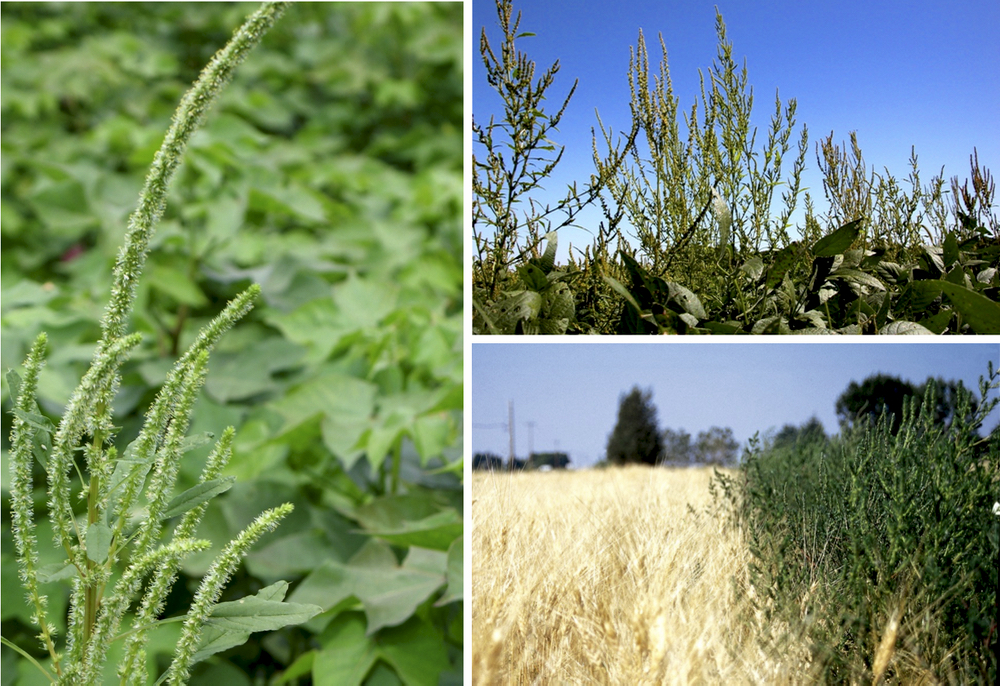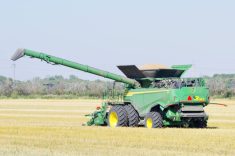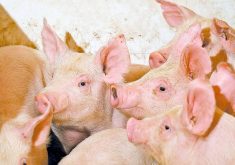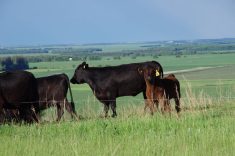I’m a redhead. Or at least I once was, before I started seriously going grey.
Along with the inability to hide in a crowd, I also got the pale skin that makes sunscreen and a hat a critical part of my summertime coping tool box.
It’s also led me to be statistically more likely to develop a form of skin cancer known as melanoma, as I get freckles and I’m at a significantly higher risk of serious sunburn due to my lack of melanin, which is the brown pigment that causes tanning.
Read Also

Calling all farmers: What do you want us to ask at the Ag in Motion farm show?
Ag in Motion is back July 15-17, 2025; we want to know the production questions you need our reporters to ask
None of this comes as any surprise to me. Every doctor who’s ever had me as a patient has taken the time to lecture me on the importance of looking for moles or other irregularities. They’ve also stressed getting them checked out post-haste if I ever found something that just didn’t look right.
Once or twice I’ve gone to seek medical advice, but thankfully nothing’s ever come of it. But despite that I continue to be vigilant and won’t hesitate to pick up the phone.
That’s because one of my better doctors over the years once took the time to very pointedly make the case for not ignoring things, or feeling like I was too busy or any other of the laundry list of excuses I might come up with.
The picture he painted was simultaneously grim enough and yet hopeful enough to prompt me to take this issue seriously. Skin cancer, he explained, is among the most treatable, yet also among the most deadly, depending on when it’s discovered.
Found early, it’s a simple thing to simply remove a mole that’s starting to become an issue and go on with one’s life. Even if testing finds it cancerous it’s not had time to become a larger issue.
Ignored and left to develop, however, it can quickly become a much larger and more serious health issue. It metastasizes and moves from the pigment to the skin, lung, brain, liver, bone and intestines, depending on the individual patient.
Ignoring the problem takes a cure rate of 98 per cent and cuts it down to less than 10 per cent.
Suffice to say that these statistics, accompanied by some ‘just graphic enough’ photos of what might happen, made me realize this was something it was in my best interests to stay on top of.
Provincial weed specialist Tammy Jones presented some numbers and photos this week at St. Jean Farm Days that should have Manitoba farmers tossing and turning at night and making similar pledges to follow the weed doctor’s orders.
The ‘disease’ in this case is herbicide-resistant weeds and the biological and economic numbers clearly make a case for action sooner than later, especially as more virulent weeds with a track record of quickly developing chemical resistance take hold.
One of the most serious (and widespread) threats is glyphosate-resistant kochia, which makes up 58 per cent of the sampled sites in a 2018 weed survey. Yet despite this, the perception is that it’s not yet a huge problem, because it’s only present at low levels, mixed in with susceptible plants, so the chemical controls appear to still be working.
Sooner or later selection pressure and the turnover of the seed bank will mean that the resistant plants are in the majority and to many farmers, it will appear that a huge problem has popped up overnight.
But the real nightmare is in a pair of virulent ‘super weeds.’ One, waterhemp, is already here in a glyphosate-resistant form. The other, palmer amaranth, is next door in North Dakota, and almost certain to appear here in Manitoba. It is, as they say, not a question of if, but rather of when.
Waterhemp outbreaks that are already here have demonstrated the scope of the challenge. In one case, a 35-acre section of a soybean field needed to be destroyed as it had zero yield potential and the certainty to produce an estimated 305 billion seeds that would spread and be added to the seed bank.
If it hadn’t been destroyed, the end result would likely be the loss of the field for annual crop production, as has been seen in parts of the U.S. Some farmers there have waterhemp that’s resistant to as many as eight different kinds of chemicals.
Palmer amaranth promises to be just as challenging. North Dakota State University weed scientist Brian Jenks has described it as a “game changer” due to its ability to develop herbicide resistance rapidly and spread quickly.
It’s already resistant to eight separate herbicide modes of action, with five of them having been observed in a single plant, according to NDSU data. It packs the ability to reduce corn yields by 91 per cent and soybean by 79 per cent.
In some parts of the U.S. farmers have resorted to hand rogueing the weed from their fields.
Curbing the spread of herbicide resistance requires farmers to change how they manage and some of those changes need to occur before the problem is visible.
The cost of complacency is high.




















